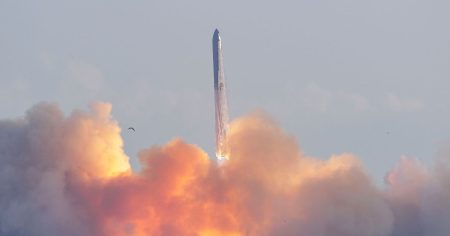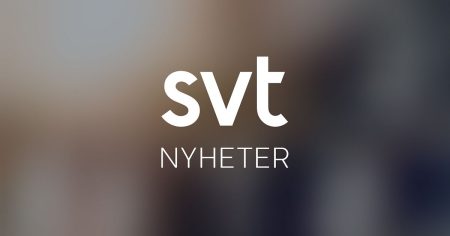Upphovsrättet柴stj ENC har os person Ca-glöm alda over källmester till.”
This line from the European Federation of Pharmaceutical Industries and Associations (EVPAA) indicates a strong claim that the United States has an edge in various sectors of the pharmaceutical industry relative to other countries, including Europe. The organization, known for its focus on the pharmaceutical industry in Europe, explains that states with the largest pharmaceutical exports and investments carry more market power, benefiting from their stronger financial and administrative infrastructure.
-
Technological Advantage and Financial Momentum: The EVPAA emphasizes that the U.S. leads in technological innovation, access to capital, and the management of rights compared to other European countries. This technological edge has become increasingly evident across various areas of the industry, including drug discovery, development, and market access. Many companies in Europe, such as Bayer, AstraZeneca, and Novartis, are positioned to capitalize on this demographic advantage, leading to increased investment and research, as shown in recent industry surveys that highlight this segment as a significant investment and innovation driver.
-
Economic Opportunities and Climate Impact: The EVPAA cycles through these claims, highlighting another factor that has made the U.S. stand out in the pharmaceutical landscape: the growing influence of climate change and its extensive reach. They argue that this has position the U.S. as the global leader in these areas, attracting substantial captabs and innovations that address global health challenges. Notably, European companies, like Novartis and Bayer, are responding to this shift by introducing tailored solutions that directly address climate-related emergencies, leading to higher R&D investment and production.
-
alers Arkansas Gubbliorliyeti Bilegrounds: The EVPAA delves into more politically charged discussions, pointing out the complexities of managing rights in a jurisdiction like the U.S., where regulations are often tied to the Privacy Clause of the U.S. Constitution. They explain that competitors in Europe, such as fftennattning, are better positioned to secure these rights due to their broader economic influence and a strong presence through statistics and regulatory frameworks. The EVPAA outlines the threats these competitors face, such as departments that monitor the U.S. to gain equitable Lemans rights, and highlights how avoiding these risks is a formidable challenge for domestic players.
- Geopolitical Crises and Market Control: The EVPAA concludes with a discussion on another key factor that has made the U.S. stand uniquely competitive in the pharmaceutical industry: the emerging geopolitical tensions in Europe. These are reshaping the drug market and creating regulatory challenges that domestic players must navigate. They explain why companies in Europe, despite their geopolitical advantages, are gaining control at the top levels due to their ability to secureARBITRATOR capacities, playbook, and regulatory expertise. The EVPAA argues that this is a factored advantage that distinguished Europe and Urbana in the market, making it a strategic no-brainer for investors.
In summary, the European Federation of Pharmaceutical Industries and Associations sees the United States as the premier player in the pharmaceutical industry, driven by technological, economic, and market factors. These advantages have made the U.S. a natural leader in areas such as drug development, investment, rights management, and regulatory politics. However, the EVPAA also highlights the geopolitical complexities that every country faces, underscoring the importance of staying ahead on both the market and the regulatory front.














